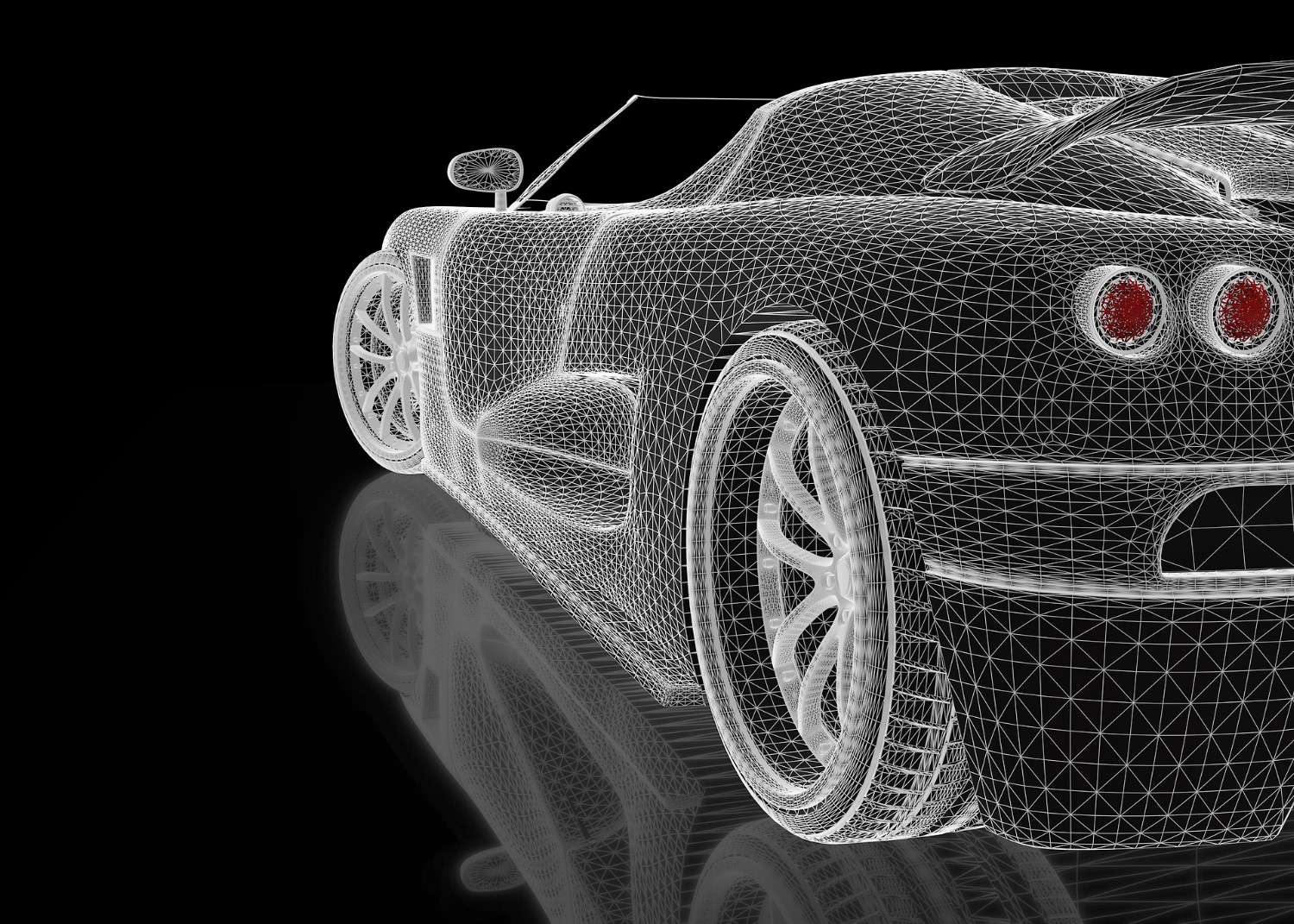Automotive: A Guide to Patenting Automobile Modifications & Customizations in Canada
Canada ranks 13th on the list of countries with the most prominent automotive industries, churning over 1.5 million cars annually. While there are only five large-scale car manufacturers in the country, Canada is among the countries where private citizens can build their own cars as long as they meet legal requirements.
Whether you are building your car from scratch or customizing vehicles, the question of protecting your designs may become relevant at some point. The best way to protect designs for automobile modification is by patenting them under Canadian intellectual property law.
This guide offers insight into everything you need to know about patenting automobile modifications and customization in Canada, and for USA readers, the processes are similar.
Modifications and Customization Patents
There are two main types of patents under intellectual property law; utility and design. Utility patents apply to the functionality aspect of the registration subject, which is how the innovation works mechanically, processes, and chemical composition.
An automobile modification or customization can only qualify for utility patents if it is new or substantially improves the functionality of existing innovation. For example, if an innovator comes up with an entirely new engine powered by a new fuel type besides fossil fuel, biofuel, or electricity, they can protect their innovation using a utility patent.
Design Patents
Utility patents for modifications are not common since not many modifications are geared toward the functional aspects of vehicles. Instead, design patents are the more common option for auto modifications and customizations.
However, you may not often hear the phrase design patents in the Canadian context because they are considered industrial design rights under Canadian law.
Industrial design rights protect the visual aspects of an item, such as body shape, contour, texture, and ornamentation. It can focus on things like a car’s headlights, bumpers, dashboard, steering wheel, seats, windows, interactive color schemes, and interior lighting.
Duration of Patent Protections
The duration of protection for your design will depend on the type of patents you register your modifications and customizations for. For utility patents, protections last for 20 years from the date of applying for the patents.
Under Canadian law, an inventor must provide all details about their invention to the Canadian Intellectual Property Office (CIPO) in return for protection. After the expiry of the patent period, all details of their invention become public, and everyone else can replicate it or make modifications without infringing on the original inventor’s patent rights.
Industrial design rights, which are more common in the automotive industry, run for 15 years from applying for industrial design registration, after which anyone can replicate the design without violating the original designer’s industrial design rights.
Geographical Limitations
Registering your patents under Canadian law only guarantees you protections in Canadian territories. But there are ways of protecting your innovations or designs outside of Canada.
The first and most challenging option is patenting your modifications in every country where you wish to enjoy protection. The second and easiest option is patenting your work via a globally recognized IP body such as WIPO, which offers protection in over 190 member countries.
Policing Your Patents
After registering your patents, you get a certificate as proof of ownership of rights to your creations. You also get exclusive rights to your creations and a right to stop others from profiting off your efforts when your rights are enforceable.
However, the registering bodies will not police infringement. So you will need to be on the lookout for infringement online and offline, with the best approach being outsourcing policing to an IP monitoring agency.
If you are aware of an infringement of your rights, the first steps should be documenting the infringement and contacting an IP lawyer for help taking legal action against the infringer. Sometimes you can solve infringement violations out of court, but there are situations where you may need to go to court. Ultimately the best cause of action should be based on what your lawyer finds fit.
